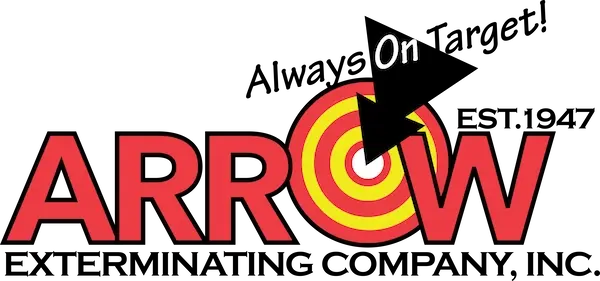
Fleas are small but persistent pests that can be extremely difficult to remove without expert help. Partnering with a licensed flea control company gives you the best chance of eliminating them completely. However, preparing your home beforehand plays a major role in ensuring the success of your treatment. Completing a few steps before and after your service can help maximize results and prevent reinfestation.
Let’s look into what to do before your scheduled flea treatment, as well as what to expect once it’s finished.
Things to Do Before Your Flea Treatment
- Vacuum all areas thoroughly: Focus on the spots where your pets rest, sleep, or spend most of their time. Be sure to vacuum upholstered furniture, including under and between cushions.
- Wash or replace pet bedding: Launder all pet bedding and soft materials that may be infested. If the infestation is severe, it’s often best to throw away heavily infested items.
- Dispose of the vacuum bag or canister contents properly: After vacuuming, immediately seal the debris in a plastic bag and discard it in an outdoor garbage bin. This prevents surviving fleas or eggs from hatching and re-entering your home.
- Clear clutter and move obstacles: Remove boxes, storage bins, or other objects that could block access to baseboards or floors. Clear access allows the pest control technician to treat all necessary areas effectively.
- Plan to vacate your home during treatment: Everyone, including pets and birds, should leave the home during treatment. Fish tanks can remain if they are tightly covered and the air pump is unplugged.
What to Do After Flea Treatment
- Wait until surfaces are dry: Allow the treatment to fully dry before returning to the area. Keep children, pets, and toys off treated floors for at least 24 hours after drying.
- Avoid mopping or steam cleaning: Refrain from washing floors or steam cleaning carpets for at least a week. The treatment needs time to remain active while fleas transition from eggs to larvae or adults.
- Expect some remaining flea activity: It’s common to see adult fleas after treatment. This doesn’t mean it failed, these are newly emerged fleas that will come into contact with the residual insecticide. Vacuum any live fleas you notice.
- Consult your veterinarian for pet care: Pest control professionals do not treat pets directly. Speak with your vet about appropriate flea prevention or treatment products to protect your animals.
Need an Estimate for Flea Treatment?
What to Expect in the Days After Treatment
Fleas often infest more than just your home’s interior, they also live on your pets and in outdoor environments. To completely break the flea life cycle, all these areas need to be addressed.
Talk with your veterinarian about your pet’s ongoing flea prevention plan, and consult your pest specialist about treating outdoor spaces if needed.
- You may notice more fleas in the week following treatment. This temporary increase occurs when pupae hatch and come into contact with the treatment residue, which kills them.
- Vacuum daily for the first several days after service. Focus on carpets, rugs, baseboards, and pet resting areas. The vibration from vacuuming helps trigger hatching and speeds up the treatment process. Do not shampoo carpets, as it will remove the insecticide and reduce effectiveness.
- Wash pet bedding frequently, using the hottest washer and dryer settings. Continue this routine to prevent reinfestation.
- Dispose of vacuum contents immediately after each cleaning to keep fleas from escaping and spreading.
- Keep your pets on vet-approved flea prevention to end the flea cycle. Properly treated pets help eliminate remaining adult fleas by killing any that try to feed on them.
Taking Time to Prepare and Care is Important
Taking the time to prepare before and maintain your home after treatment greatly improves the outcome of your flea control service. Here’s why these steps matter:
- Vacuuming before treatment exposes eggs and larvae hidden in carpets, allowing the product to reach all stages of the flea life cycle.
- Ongoing vacuuming after service forces dormant pupae to hatch, ensuring they’re exposed to the residual treatment.
- Treating your pets removes the primary host that fleas rely on for survival, cutting off their ability to reproduce.
Concerns or Questions About Your Flea Service?
At Arrow Exterminating, we aim to deliver lasting relief from fleas and restore comfort to your Long Island home. By following these preparation and aftercare steps, you can help our treatment work as efficiently as possible.
If you have any questions before or after your appointment, don’t hesitate to reach out, our experts are here to help ensure your home stays flea-free.
Back to Flea and Tick Exterminators – Control – Removal

